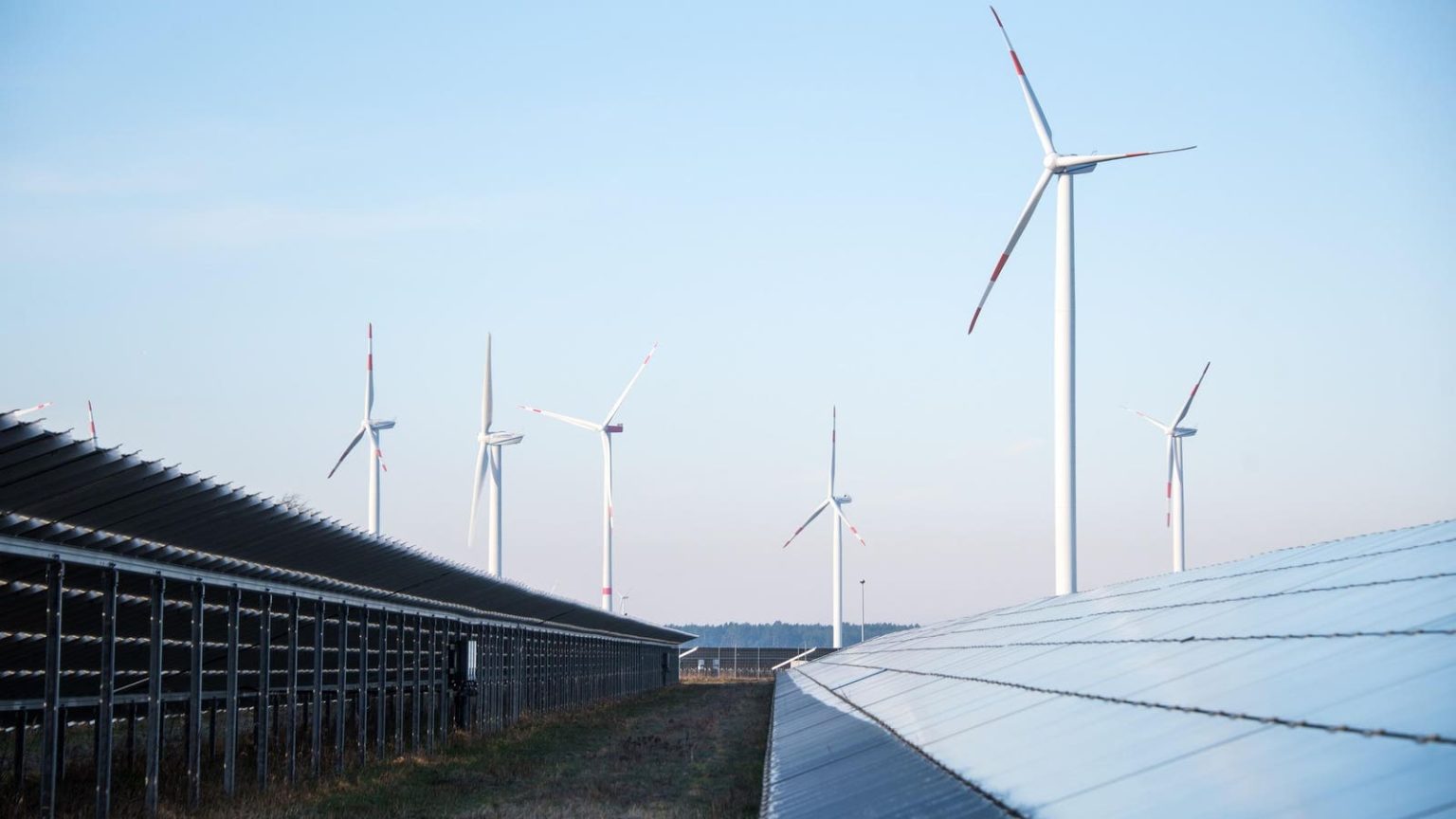A recent report by David Brown, Director of Energy Transition Research at Wood Mackenzie, projects significant growth in wind and solar power capacity and low carbon hydrogen in the US by 2050, as fossil fuel demand is expected to peak by 2030. However, the report also highlights potential challenges that could impact the transition to a low-carbon energy future. One of the major factors that could derail this transition is the possibility of former President Donald Trump winning the election in November, leading to a shift in policy priorities away from decarbonization. This could result in reduced support for initiatives such as electric vehicle sales incentives, green hydrogen, and carbon capture technologies.
In a delayed transition scenario, peak fossil fuel demand would be postponed rather than eliminated, with the US needing an additional $154 billion in oil and gas capital investment compared to the base case. Despite lower electrification levels, power demand is still expected to increase by 45% from 2030-2050. The report emphasizes the importance of low-carbon investments by the oil and gas sector to create more resilient business models. It also suggests that policy support, such as the Inflation Reduction Act, will be crucial in ensuring a smooth transition even in the face of potential policy changes.
The imposition of tariffs on renewables is identified as another potential setback in the delayed transition scenario, along with the stalling of various power market reforms and infrastructure permitting challenges. Industrial re-shoring and the growth of data centers are expected to drive an increase in power demand, but the pace of growth is projected to follow an s-curve profile rather than a linear trajectory. The report also anticipates efficiency gains in computing power to reduce load growth in the long term from 2040 onwards.
Low-carbon hydrogen production, particularly electrolytic hydrogen, faces challenges in the delayed transition scenario. The report suggests that adjustments to tax credit eligibility rules under the Inflation Reduction Act could favor blue hydrogen production, potentially impacting the future of electrolytic hydrogen. Additionally, the outlook for electric vehicle deployment is expected to be lower in the delayed transition scenario, with EV stock projected to be around 50% lower than the base case. This could lead to automakers shifting towards lower-cost battery materials such as iron-based chemistries, reducing demand for key metals.
Overall, the report by Wood Mackenzie highlights the potential risks and challenges that could impact the US energy transition towards a low-carbon future. Policy changes, industrial trends, and market dynamics are identified as key factors that could either accelerate or delay the transition. The importance of sustained policy support, investment in low-carbon technologies, and adaptation to changing market conditions are emphasized as critical aspects for achieving a successful energy transition in the US.


